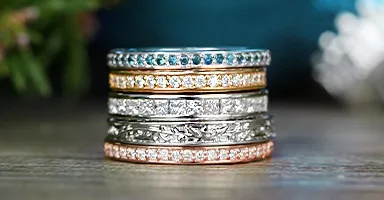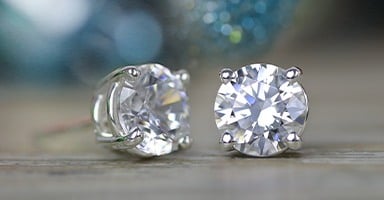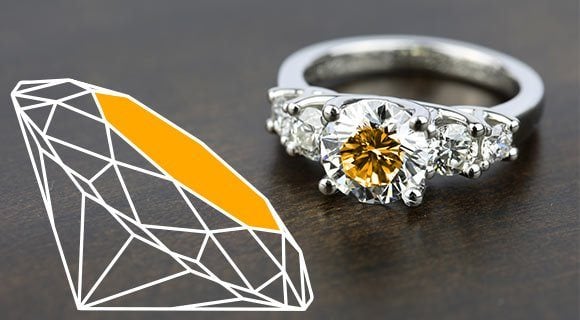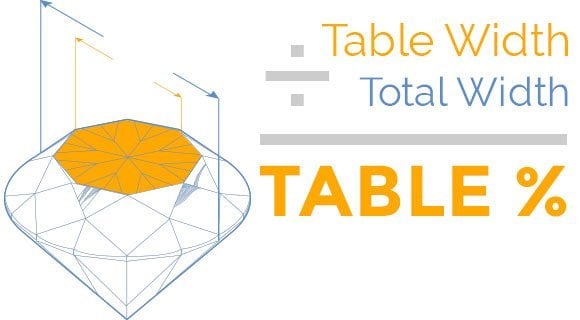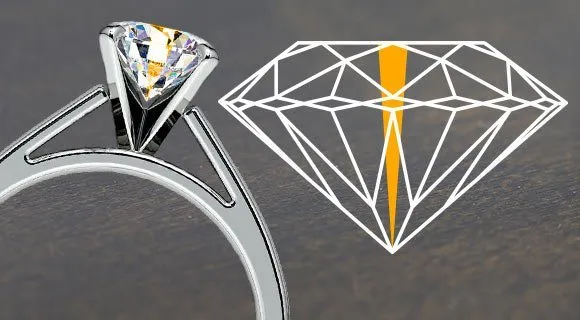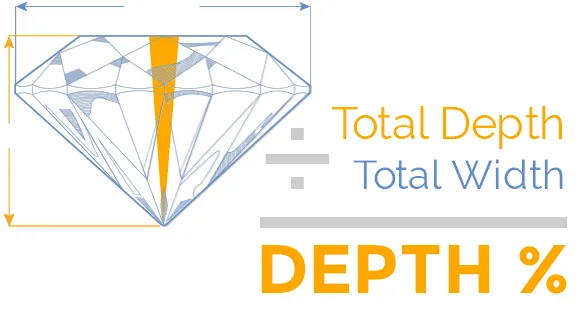Understanding Diamond Table and Depth

Let’s take a closer look at two factors affecting the cut quality of a diamond, a diamond’s table and depth. They both helps to define the physical shape of a diamond and contribute to its sparkle, creating that dazzling look we’ve all come to love. When these two features are proportioned just right, a diamond of any size will look spectacular.


